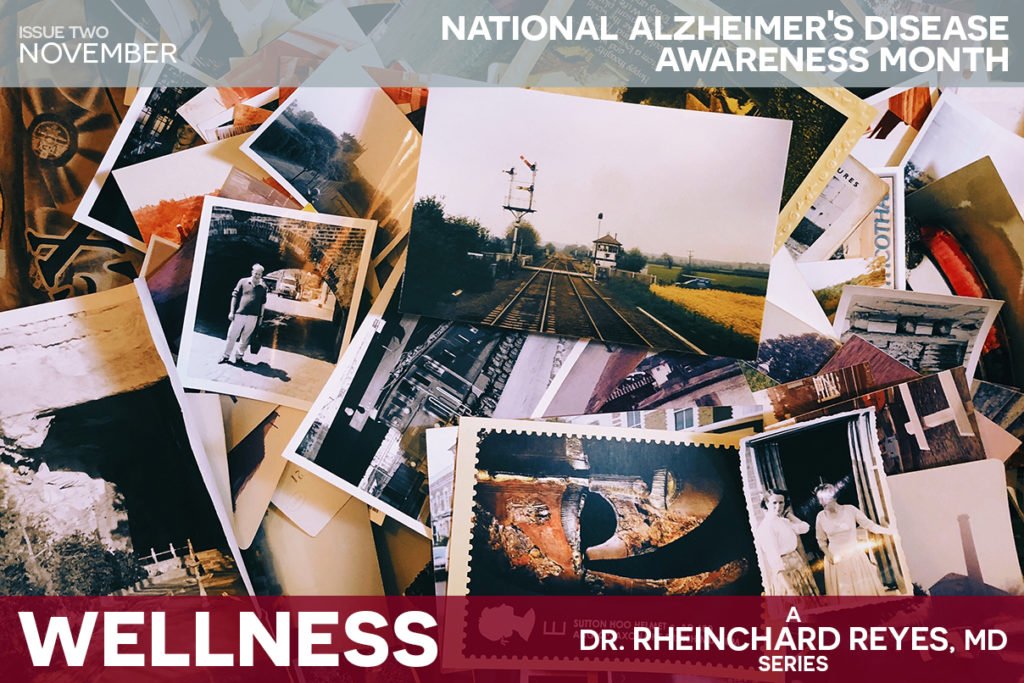November is National Alzheimer’s Disease Awareness Month. Since the mid-eighties, these 30 days are used to shed light and raise consciousness on the facts and figures surrounding this insidious form of dementia, but very specially on providing support and discussing available resources to caregivers and families.
- 5.7 million Americans have Alzheimer’s as of 2018
- 14 million are projected to have it by 2020
- $277 billion is the current cost of Alzheimer’s and other dementias
- 16.1 million Americans provide care free of charge
Alzheimer’s is more lethal than breast and prostrate cancers combined
As the sixth leading cause of death in the US, Alzheimer’s disease is defined as a type of dementia affecting the patient’s memory, thought process, and behavior. Although it is especially prevalent in seniors —1 in 3 will die with this or another form of dementia— early-onset Alzheimer’s also targets people under the age of 65. Early diagnosis, as always, is a phenomenal tool that reaps significant suffering and cost saving, both for the individual and the health care system as a whole.
Strategies, Activities & Tips for Caregivers
- Maintain a Tight Daily Routine. Patients love routines.
- Overstimulation is bad. Keep it simple.
- Reassure them. It makes them feel safe.
- No yelling or arguing. Manage your frustration.
- Notebooks and/or smartphones allow you and the patient to keep track of important information.
- Use Sticky Notes as reminders.
- Label cabinets, cupboards, closets, drawers, and appliances for easy guidance with words or pictures. Label names on photos of everyday or important people.
- Get family and friends involved. They can help in reminding patients of important things to do: taking medication, keeping appointments, etc.
Finally, there is a wide variety of memory aids that can be put to good use, many of which tie in with the strategies described above.
Traditional Memory Aids
- Calendar, such as a wall chart that you can easily spot. Check things on and off.
- Journal or diary
- Daily newspaper
- Shopping list
- Permanent reminders: signs, a medication reminder box, a calendar clock, color-coding keys or anything that is used daily, etc.
Electronic Memory Aids
- Alarm clock
- Cellular phones. They are a great help, as they combine information of date and time, reminders of appointments, alarms, messaging, voice-recorders, cameras, and a wide array of apps.
- Computers and tablets
- GPS locators and devices
Memory Tools
- Teach new techniques, such as mnemonics, to remember a name, any PIN number, or an item of the daily routine
- Jog memory. Come up with exercises to excite curiosity: locating something lost; numbering the ingredients of a dish; image tests; crossword puzzles, etc.
- Rhyming or alliteration is extremely helpful to refresh names, phone numbers, the works.
- https://www.seniorliving.org/library/alzheimers-awareness-month/
- https://alzheimerscareresourcecenter.com/2018-alzheimers-disease-facts-figures-report/
- https://nationaldaycalendar.com/national-alzheimers-disease-month-november/
- https://www.webmd.com/alzheimers/guide/alzheimers-maintaining-normal-life#1
- https://www.alzheimers.org.uk/get-support/staying-independent/memory-aids-tools-strategies


